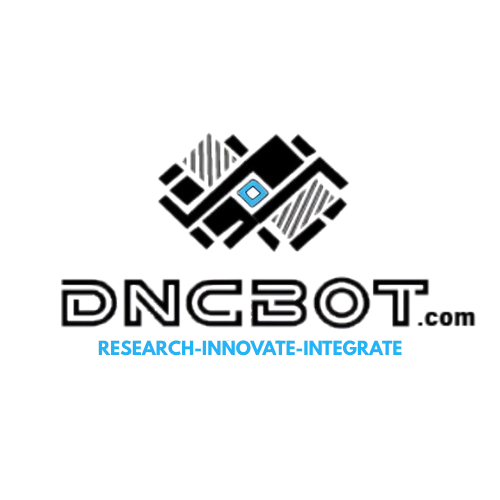
Mastering Total Project Management: The Key to Efficient, Integrated Project Delivery
Mastering Total Project Management: The Key to Efficient, Integrated Project Delivery
In the world of modern construction and engineering, where timelines are tighter, regulations stricter, and client expectations higher than ever, Total Project Management (TPM) has emerged as a game-changing approach. It’s more than just coordination—it’s about full-spectrum control and collaboration that transforms complex projects into smooth, predictable outcomes.
At DNCBOT, we believe TPM isn’t a luxury—it’s a necessity. Whether it’s a multi-use development, infrastructure overhaul, or a bespoke residential design, Total Project Management ensures clarity, consistency, and control at every stage.
In this blog, we dive deep into what TPM really means, why it matters, and how DNCBOT is setting a new standard for project success.
What is Total Project Management (TPM)?
Total Project Management is a comprehensive, end-to-end method of overseeing a project—from concept through completion—by integrating all disciplines, stakeholders, and phases under a unified strategy. Unlike traditional project management, which often splits responsibilities among multiple entities, TPM consolidates leadership into a single, accountable source.
In TPM, planning, architecture, engineering (MEP, civil, structural), procurement, construction management, and commissioning are all coordinated under one roof—ensuring consistent communication, minimal risk, and aligned goals.
Key Features of TPM:
- One-point responsibility
- Seamless coordination across disciplines
- Proactive risk mitigation
- Real-time communication and reporting
- Streamlined budget and timeline control
Why Total Project Management Matters in Today’s Industry
The construction and development landscape is more demanding than ever. Clients expect faster delivery, leaner budgets, and greener buildings—all while maintaining quality and regulatory compliance.
Here’s where TPM shines:
- Minimizes Delays and Rework
With a single project management entity like DNCBOT overseeing all stages, there’s far less room for miscommunication between consultants, contractors, and suppliers. Decisions are faster, and corrective actions are immediate.
- Enhances Quality and Accountability
With TPM, the buck stops with one team. There’s no finger-pointing between disciplines—just unified problem-solving and ownership from start to finish.
- Improves Budget Control
By integrating cost management into every phase—especially during design and procurement—TPM helps prevent budget overruns and scope creep.
- Optimizes Resource Allocation
TPM enables real-time monitoring of human, material, and financial resources—maximizing efficiency and minimizing waste.
- Boosts Client Satisfaction
When clients deal with a single point of contact who truly understands the entire project scope, their experience becomes smoother and more collaborative.
How DNCBOT Excels in Total Project Management
At DNCBOT, we don’t just offer TPM as a service—we’ve built our entire workflow around it. As a multidisciplinary consulting firm, we’re uniquely positioned to deliver integrated solutions that span architecture, planning, civil and environmental engineering, MEP design, R&D, and construction oversight.
Here’s what sets our TPM model apart:
Multidisciplinary Team In-House
We house experts from every field under one roof—enabling real-time collaboration, faster design iterations, and seamless coordination between disciplines.
Technology-Driven Processes
We use advanced BIM (Building Information Modeling), scheduling software, and integrated reporting tools to ensure transparency, precision, and agility throughout the project lifecycle.
Client-Centric Communication
Our TPM approach prioritizes clear, consistent communication with clients. You’ll always know where your project stands, what’s coming next, and how we’re handling challenges.
Focus on Sustainability
We integrate green building standards and environmental impact analysis right from the planning phase—so sustainability isn’t just an afterthought, but a driving principle.
The TPM Lifecycle: Step-by-Step
- Concept & Feasibility
- Market analysis
- Site evaluation
- Preliminary budgeting
- Risk and regulatory assessment
- Design & Planning
- Architectural development
- Engineering (civil, structural, MEP)
- Environmental assessments
- Permits and compliance
- Procurement
- Tendering and bid analysis
- Vendor negotiations
- Materials and equipment scheduling
- Construction Oversight
- On-site supervision
- Quality control and safety
- Daily reporting and schedule tracking
- Commissioning & Handover
- Systems testing (HVAC, electrical, plumbing)
- Final inspections and approvals
- Documentation and client training
- Post-Occupancy Support
- Maintenance planning
- Facility management integration
- Lessons learned and feedback loop
Industries that Benefit from TPM
While TPM is valuable for any large or complex project, it’s especially impactful in:
- Urban Infrastructure: Roads, utilities, smart city developments
- Commercial Real Estate: Office parks, retail complexes
- Educational & Healthcare Institutions: Hospitals, campuses, labs
- Residential Housing: From townships to luxury apartments
- Sustainable Development: Green buildings, eco-parks, LEED-certified projects
Case in Point: A Real TPM Success Story
Project: Multi-phase Smart Housing Development
Location: Middle East
Scope: 400+ residential units, integrated utilities, community facilities
Challenge:
Multiple consultants previously caused design clashes and MEP delays. Budgets were spiraling, and site coordination was poor.
DNCBOT’s TPM Approach:
We took over as the total project manager, consolidated all disciplines in-house, restructured the BIM model, aligned the procurement strategy, and implemented real-time reporting.
Results:
- 18% cost savings through design optimization
- 3-month acceleration in project delivery
- 100% regulatory compliance on first inspection
- Elevated client trust leading to a repeat contract
FAQ
What is the difference between Total Project Management and traditional project management?
Traditional project management often involves coordination among separate firms. TPM, by contrast, centralizes control under a single entity—resulting in greater efficiency and accountability.
Is TPM suitable for small projects?
Absolutely. While TPM is often used for complex developments, its structured approach benefits smaller projects by reducing risks and improving coordination.
What makes DNCBOT’s TPM approach unique?
We offer in-house expertise across all core disciplines—meaning fewer handovers, faster decisions, and better outcomes.
Conclusion: Why TPM is the Future of Project Delivery
As construction grows more intricate, fragmented approaches are becoming outdated. Total Project Management is the integrated, future-ready solution that today’s clients and communities demand. It unifies vision, execution, and outcomes—eliminating friction and maximizing value.
At DNCBOT, TPM is in our DNA. Our clients choose us not just for our technical capability, but for our commitment to delivering certainty, quality, and long-term success.
Ready to Experience Total Project Management the DNCBOT Way?
Let’s talk about how we can bring clarity and confidence to your next project.
Contact Us




